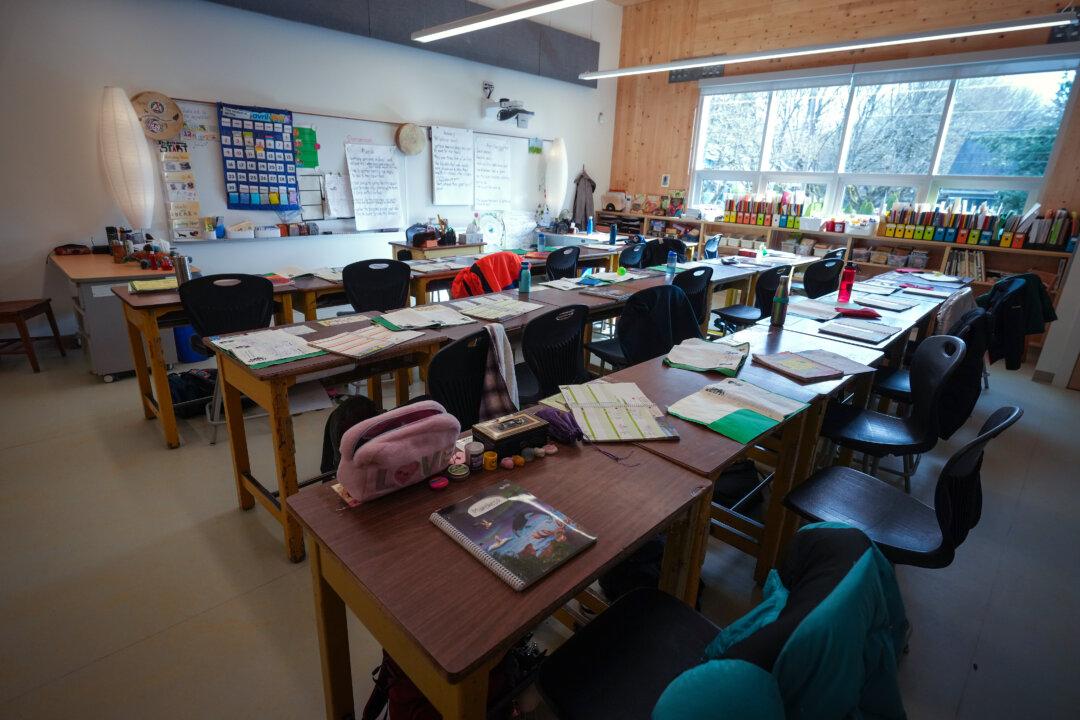The reading wars are over, or at least they should be. Unfortunately, they are not.
In the late 1960s, Dr. Jeanne Chall, former director of the Harvard Reading Laboratory at Harvard University, compared the phonics and whole language approaches to reading instruction. She found the evidence overwhelmingly showed that phonics was superior to whole language. Subsequent researchers came to the same conclusion.





